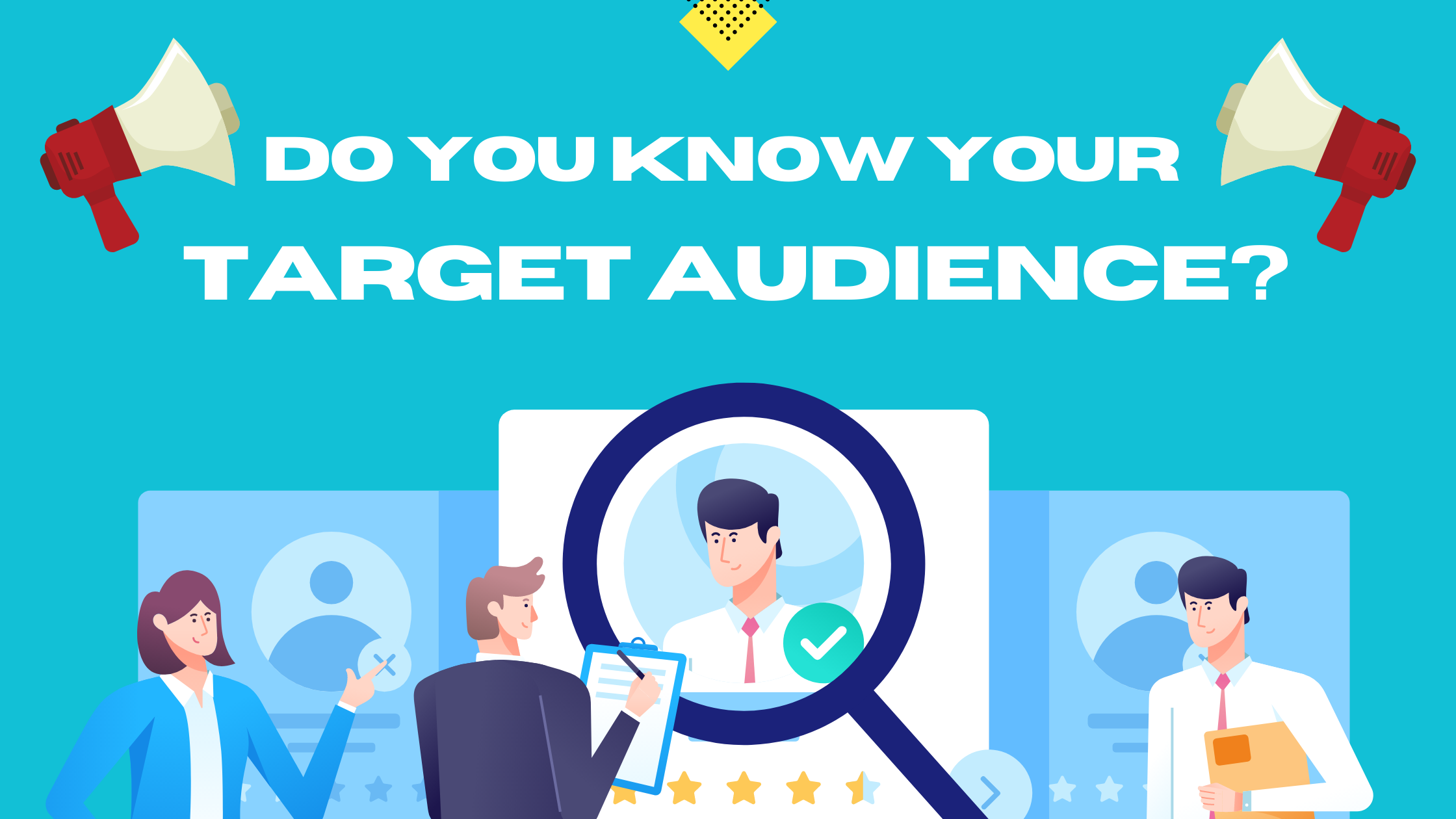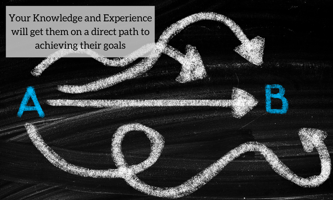Your LinkedIn profile is a great career networking tool. Many people first come on LinkedIn to find...
Understanding Your Target Audience

The buying process is in the hands of the customer, and for marketers to grab their attention, they must create targeted, personalized experiences for the people to stand out among the vast brands and advertisers. When marketers have a comprehensive understanding of their ideal buyer, they can make better decisions about advertising and messaging.
We should start by asking the question, what is a target audience? A target audience is a group of people that are or could be interested in your product or service. They are the group of people who should see your ad campaigns. The target audience will often share some characteristics such as age, gender, income, location, and interests.
Understanding your target audience is vital in defining the marketing strategy you execute. Knowing that your target audience watches a certain show or reads a certain magazine means your ad will be seen by the people interested in your products or services.
The more specific you can identify your target audience’s demographic, the more effective your advertising can be. There are many ways to define and reach your target audience. To determine who your best target audience consists of, start by asking three basic questions:
What problem does your product or service solve? Get specific about what pain points your product or service addresses and then who typically feels that pain.
Who is most likely to have this problem? This is where you start breaking down who you should be focusing on.
Are there different groups with different needs? You may have more than one target market based on how they use a product or service.
Once you are clear about who is most likely to need or want your product or service, it’s time to get even more specific about this group, or groups, of people. There are several different ways to define your target audience, based on different characteristics. You should decide which approach comes closest to exactly describing your perfect customer:
Consumer or business – Start by clarifying if you have a B2B (business-to-business) or B2C (business-to-consumer) offering.
Geographic – Local brick and mortar stores may find that their most likely customers are within a two-mile radius of their store, or within a particular zip code. This target market is defined geographically, based on where they live or work, vacation, or do business.
Demographic – Describing your best customer demographically means that you define your target market in terms of their gender, age, income level, education, or other aspect of their life.
Psychographic – Sometimes customers don’t fit into a particular group based on outward characteristics, but more on internal attitudes, values, opinions, and lifestyles. These are psychographic characteristics.
Generation – Many companies today define their target market based on which generation they were born in, such as baby boomers or Gen Y.
Life stage – Other target markets are more alike because of the stage of life they are in, whether it’s post-college, retirement, newly married, divorced, or parenting young children, for example.
Behavioral – Another approach is simply based on frequency of use, or behavior, which could be a good choice for nail salons, car washes, or vacation rentals, for example.
Armed with a clear understanding of your target audience, you can now begin to craft marketing messages that appeal to that particular groups pain points and preferences.
When you know your target audience, you can build relationships and better communicate with consumers. You can develop ads that speak to specific personas and develop brands that coincide with the interests and values of those most likely to purchase the product. Consumers say they are more likely to do business with a brand that offers personal interactions.





